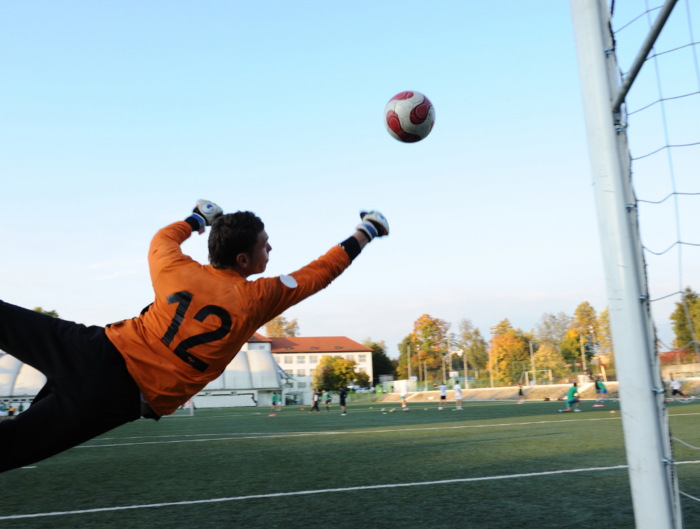For sports coaches and trainers, harnessing the full potential of athletes means delving into the intricate world of Chronic Load and Acute Load. These two concepts serve as the cornerstones of optimizing performance while minimizing the risk of injury.
What is Chronic Load?
This metric offers a snapshot of an athlete’s current fitness level, reflecting their entire training history. It sets the stage for their daily workouts, determining whether they’re in a comfort zone, pushing themselves, or hitting the ideal challenge level.
What is Acute Load?
This metric is the immediate or short-term stress or workload that an athlete experiences during a single training session or competition. It represents the intensity and volume of physical activity or training an athlete undergoes in a relatively brief period, often within a day or a week.
Enter the Acute to Chronic Workload Ratio (ACWR)
The Acute to Chronic Workload Ratio (ACWR) is the bridge that connects Chronic Load and Acute Load in athletic training. It provides a numerical representation of how an athlete’s immediate (acute) workload compares to their long-term (chronic) workload.
How do I calculate ACWR?
The Acute to Chronic Workload Ratio (ACWR) is calculated by dividing the Acute Workload, which represents the total training load over the past week, by the Chronic Workload, typically derived from a rolling average of the training load over the last 3 to 6 weeks. This ratio provides a quantitative measure of how the athlete’s immediate workload compares to their longer-term training history.
By calculating this ratio, coaches and trainers gain valuable insights into whether an athlete is training optimally, pushing their limits, or potentially at risk of overtraining or injury.
In our latest sit-down chat with Richard Bucciarelli of Speed Training and Soccer Fitness, he shares with us two examples:
- ACWR of 0.08 or lower (20% below physical capacity): Indicates that the athlete’s recent training load is relatively light compared to their long-term training history. They’re not pushing hard enough.
- ACWR of 1.2 or lower (20-30% above physical capacity): Suggests that recent training is moderately higher than their long-term history. They’re challenging themselves but not excessively.
In practical terms, ACWR acts as a guide, not a strict rule. It helps coaches navigate the fine line between improvement and injury risk. Keep in mind that ideal ACWR values may vary depending on the sport and the athlete’s unique characteristics.
Coaches, alongside ACWR and other monitoring tools, use their expertise to create training programs that optimize performance and minimize injuries. So, remember the delicate balance between Chronic Load and Acute Load, guided by the ACWR, and steer your athletes towards their peak potential. Aim for that sweet spot, and witness their performance soar.
Data Analyst On-Demand helps coaches with their ACWR needs.
Beyond Pulse Data Analyst On-Demand is an invaluable tool for coaches seeking to enhance their athletes’ performance through data-driven insights. By utilizing this platform, coaches can efficiently calculate and analyze the Acute to Chronic Workload Ratio (ACWR). This information is instrumental in the process of periodization and the fine-tuning of training regimens.
With the ACWR at their fingertips, coaches can make informed decisions about training intensity, volume, and recovery strategies.

 FRA
FRA































